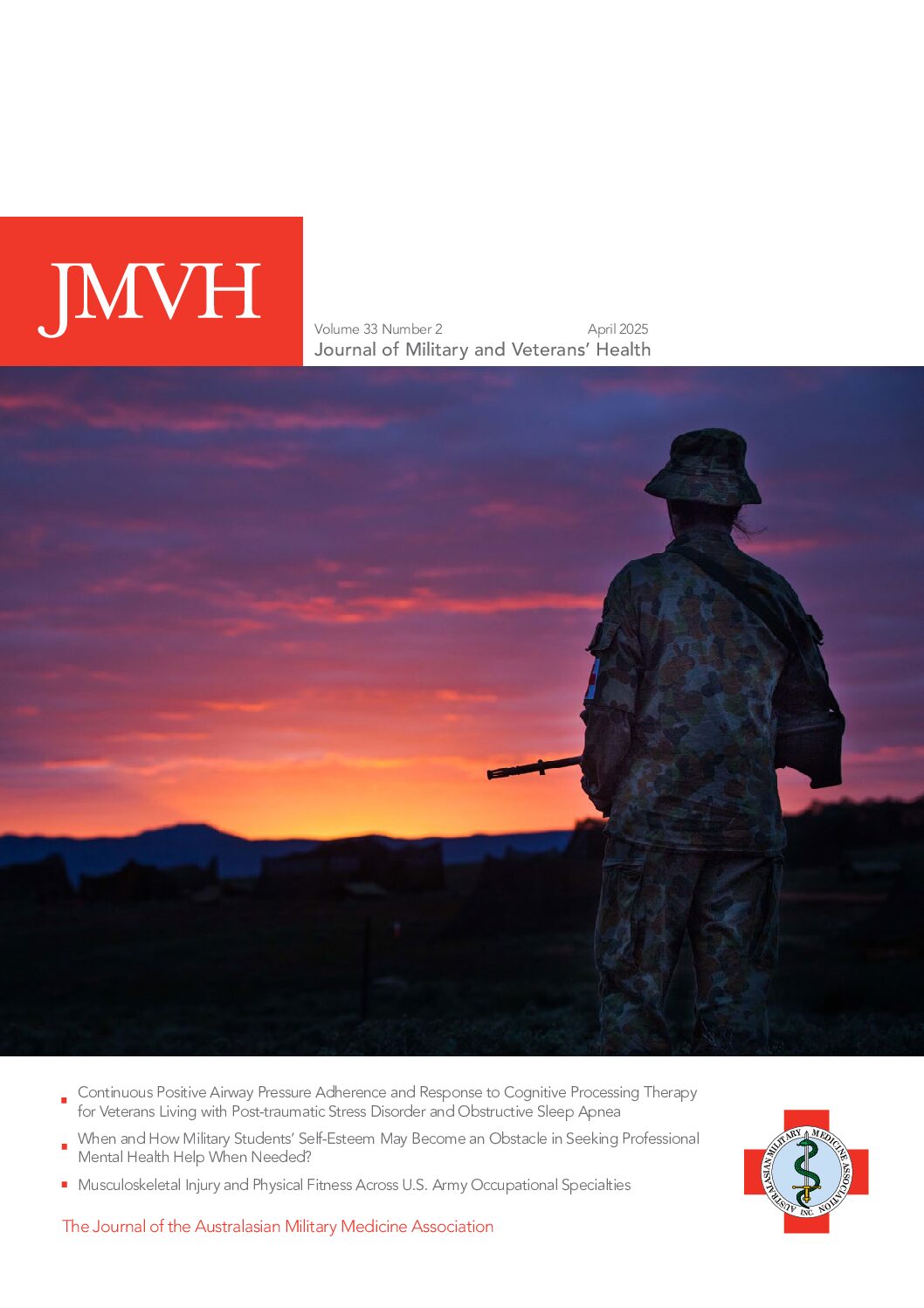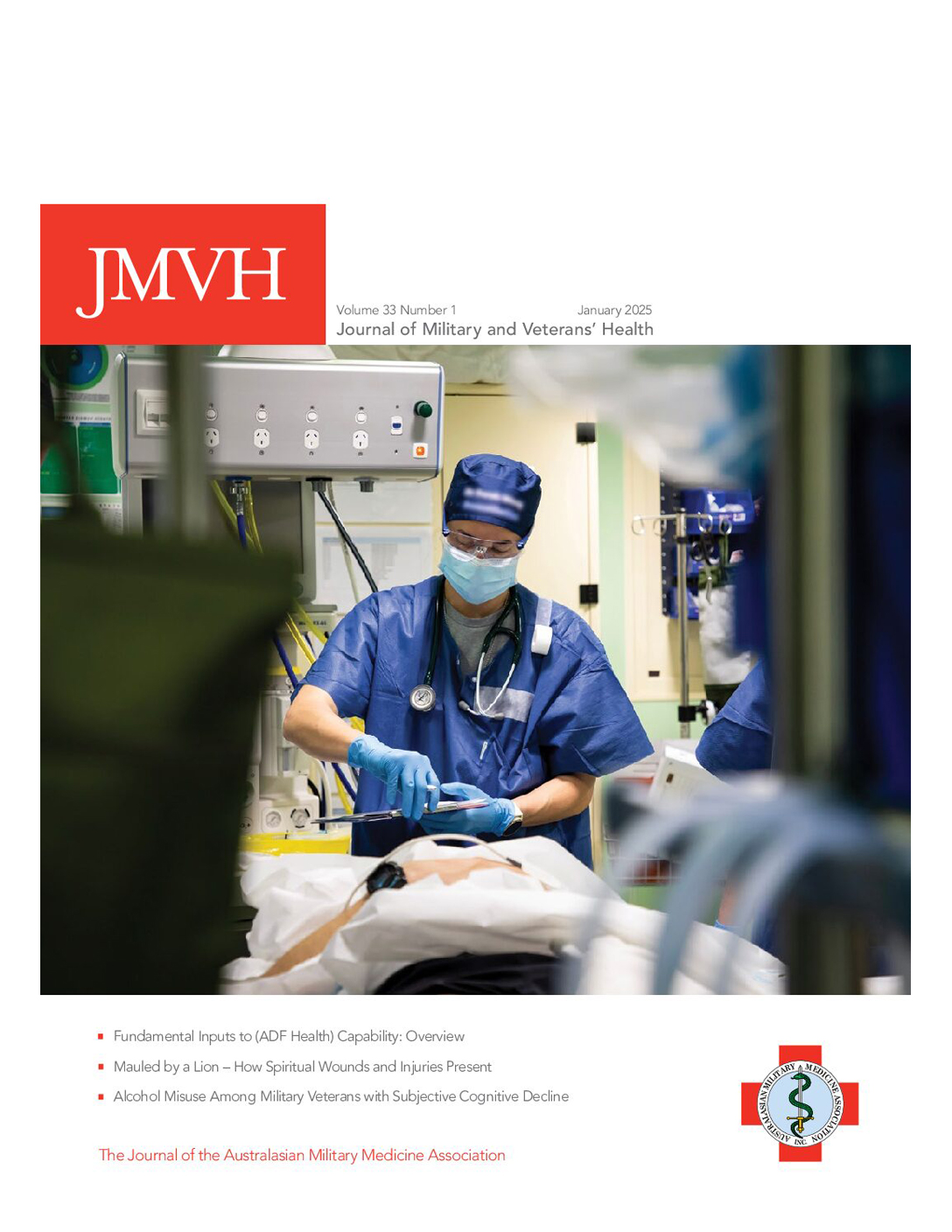On 19 June 2018, the Australian Senate referred “The use of the Quinoline anti-malarial drugs Mefloquine and Tafenoquine in the Australian Defence Force” to the Foreign Affairs, Defence and Trade References Committee for inquiry and report by 17 September 2018. Submissions closed on 31 July 2018. This is a controversial issue, which has had some debate within the Journal. Dr Howie-Willis’s paper, on the history of Australian military malariology1, has received comment in a recent Letter to the Editor2. Dr Howie-Willis has responded to that letter in this Issue. Sixty-five years ago, on 27 July 1953, an armistice was signed that ended the Korean War. No peace treaty was signed at the time and only in April 2018 have the leaders of North and South Korea agreed to sign a treaty to formally end the Korean War by December 2018. 17,000 Australians served in the Korean War between 1950 and 1953, with 339 killed and 1200 wounded. Australian forces were involved in a number of key battles, including the battles of Yongju, Kapyong and Maryang San and the air battle of Suchon in December 1951. Despite these numbers and Australia’s continual involvement over the 4 years, the Korean War often seems to be the forgotten war when it comes to histories or reflections on lessons learned. As a Journal, we would be very interested in any papers look at any military medical aspects of the Korean War.
Our third issue of 2018 addresses a range of diverse areas. Clinical reviews look at concussion in the military, sepsis in gunshot wounds, analgesic use in musculoskeletal pain, and the role of paramedics in the Australian Defence Force (ADF). An article on the use of reflective practice in training and a reproduced article on assessment of medical suitability for employment and deployment in the ADF complement these. Finally, there is the second part of an interesting historical perspective on Naval uniforms. We continue to get a good range of articles, but other military and veterans’ health articles are always very welcome and we would encourage all our readers to consider writing on their areas of military or veterans’ health interest. Our themes are now available for 2019 to allow for authors to research and develop their articles – we certainly welcome articles in these areas but welcome any articles across the broader spectrum of military health. I look forward to catching up with authors, reviewers, Editorial Board members and, of course, readers at the October AMMA Conference. We would also encourage authors who are preparing to present at the AMMA Conference in October to consider writing up their presentations early for publication in the Journal.
Dr Andy Robertson, CSC, PSM
Editor-in-Chief






